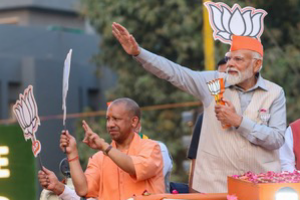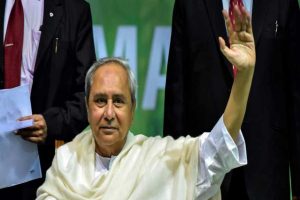As a literary device, the essay has always afforded ample possibilities since the 15th century when Robert Burton and Sir Thomas Browne dabbled in the form. It draws on all the spaces, be it creative, academic or discursive, yet manages to carve out a space of its own. Now it has become even wider, not only in scope, but also in manifestations other than in the written word. Practitioners are also exploring its newer forms like photo and video essays. Specialists from each form – Amit Chaudhuri, novelist, professor of contemporary literature, University Of East Anglia; Moinak Biswas, professor of film studies, Jadavpur University, and Ronny Sen, photographer-gathered recently at Oxford Book Store, Park Street, to deliberate on the theme, “The Aesthetics Of The Essay” in association with the University of East Anglia. The discussion was moderated by Anjum Katyal, co-director of the Apeejay Kolkata Literary Festival. According to Chaudhuri, essays have resurrected themselves and become more personal in nature. He felt that during the time he just finished with his
According to Chaudhuri, essays have resurrected themselves and become more personal in nature. He felt that during the time he just finished with his PhD from Oxford, a degree of deprofessionalisation and amateurism was returning among his contemporaries. Rather than teaching, they would take to writing critical essays and he was one of them. “My kind of essay is like footnotes where one validates what is being said through quotations as a source of authority to articulate his position,” he said. Writing for a foreign publication like London Review of Books, he always experimented to bring out and establish a new form. After Salman Rushdie defined the space of Indian writing in English, he followed the lineage to create a critical pattern. Chaudhuri shared that since the 90s he has been embracing the shunning of authority and exploring a different kind of space. While the edit pages of newspapers generally comprise serious administrative or political issues like the Five Years
Chaudhuri shared that since the 90s he has been embracing the shunning of authority and exploring a different kind of space. While the edit pages of newspapers generally comprise serious administrative or political issues like the Five Years Plan for instance, he stretched the idea and penned down varied articles on those pages ranging from a French surrealist writer to something local like the famous Ujjala chanachur (an Indian snack mix of spicy dried ingredients). Speaking on the emergence of video essays, Biswas said
Advertisement
Speaking on the emergence of video essays, Biswas said that film critics who used to write about films have now turned to this form. Video essays are reflective in nature and most of the times, they deal with cinema. A film critic would split the single frame, showing and comparing two different eras from movies. He would take particular stills from different films and compare it analytically, using texts for commentaries. For instance, one might use a video essay to showcase a comparative study of background music in films during the 50s and in the present, thereby capturing its evolutionary process. “The context is the politics of digital media where various things happen and we don’t have to go to film libraries or archives anymore as all of them are actually sitting in our hard disks. Even the editing tools are available online. All one has to do is learn,” said Biswas. According to
“The context is the politics of digital media where various things happen and we don’t have to go to film libraries or archives anymore as all of them are actually sitting in our hard disks. Even the editing tools are available online. All one has to do is learn,” said Biswas. According to
According to Sen, when television was not accessible during the 40s or 50s, magazines made photo essays famous. Documentation with photo essays emerged as a different art form. Photographers like Eugene Smith came to be known as the father of the photographic essay. “As the magazines faded, the genre got more personalised and reached the extreme level after digital came in,” he said. During the 60s, when photo journalist Robert Capa shot the Spanish Civil War, it took him nearly six months. But now everyone has two cameras in their phones- on the front and back-and can get a project done in even less than an hour. When earlier, the form was more objective and informative, now the focus has shifted to the photographer’s take of the subject and the interesting ways in which he/she can interpret reality. One felt the primary
One felt the primary take-away from the points raised by the panellists was that the essay is here to stay, although its forms may change, given the times we live in.
Advertisement











